Photographer Quang Hai Nguyen —- The voice behind the photo
Nguyen’s personal journey of self-exploration through photography.
Quang Hai Nguyen sees photography as a mirror that reflects our beings, a tool for introspection. Their work breaks down the limitations of photography through contemplation of deep connections that onlookers can empathize with.
As a queer Asian and a second-generation immigrant, the labels Hai carried made them question their own identity. During their studies in photography at Concordia, they realized that photography holds many untold stories and many signs of silence. Their own experiences became inspiration for their art. Through photography, they seek to answer the question of “What hidden voices can be revealed behind the images?’’
One of Hai's earliest works was back in 2018. Hai went back to Vietnam and explored their cultural heritage through their own eyes. They wanted to figure out a place they belonged and to find the delicate balance of their identities.
“For me, I always felt like I'm behind this, like an invisible wall where I cannot reach them. There are some things I cannot relate to in their experience” Hai said.

The voyage to Vietnam was an important journey that Hai had to take since they are getting older, according to them. However, they haven't gone back to Vietnam since that trip, and they felt very disconnected with everything in the country.
In their mind, it felt universal or relatable to have this recurring feeling of being foreign in their parents' motherland among diasporic individuals. Despite the sensation, they felt that they had to immerse themself within this new land and learn how to let it go if they really wanted to move forward with their own identity.
As Hai was walking along a road, their camera captured moments when people looked at them in a different way. They placed such photos at the front of the series collection book, and the figures blurred until they disappeared as the further back the book flipped.
Quang Hai Nguyen was exhibited at Le Livart Gallery in 2019. And the project became the opportunity that brought Hai into the world of art.
Hai grew up learning about Vietnam through different web-based media. The stories told were mostly about the history and war, as well as the same narrative of war trauma. They realized that people like them, the second generation or the Asian-Americans, who did not experience this landmark in history, can all feel the same feelings of being disconnected from that part of the culture.
“When I look at the picture of my ancestors, I don't see their stories, I can't hear their voices. I don't see people. They were just labeled Asians,” Said Hai.
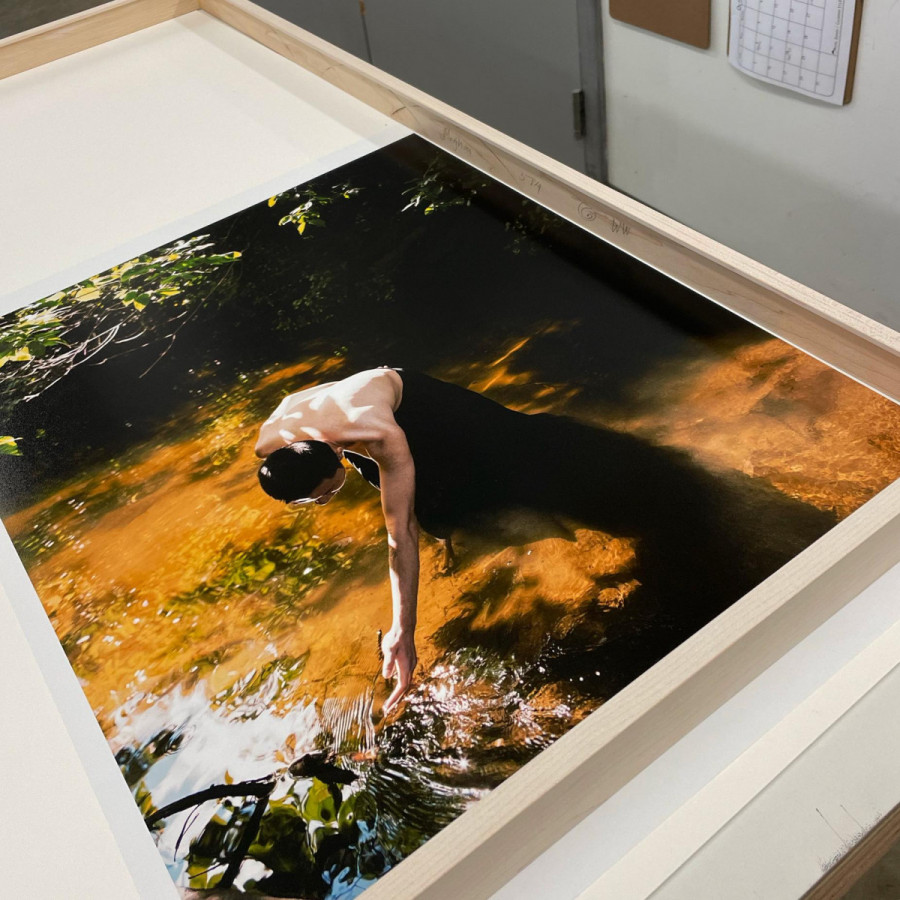
This grief of not knowing enough about the story of the people behind photography, as well as the silent nature of photography is what pushes Hai to explore the diasporic communities around them. The idea and the wish to reach a specific multiple immigrant generation becomes one of their biggest goals when it comes to art making.
In Hai’s lens, how people can feel seen and heard is something that goes beyond “what is art”. Just taking pictures of the people doesn’t connect the subjects enough. Photography is also an attempt to capture memories along with them. Hai thinks that photography is also an attempt to capture memories between themselves and their subject. Hai puts themself in relation to their subject’s experiences and bridges these gaps between them.
“What I'm trying to mold in photography is to give this place that photography is about the actual people and not just what they are labeled as,” Hai said.
Their following photography series, Dear Mom, is an auto documentary series that illustrates the cultural distances between second-generation children and their immigrant parents.
The unknown story behind Hai’s mother built up an invisible wall between them. Hai explored their own house and archived images to assemble every piece of their mother, in order to build a personal and cultural connection with her.
Hai realized the story told by actual voices speaks much louder than when we just read from the textbook, and what we acknowledge from society. For Hai, the most believable story is when it is told by voices.
Hai’s latest photography series, In these eyes lie an endless ocean, presented by the Graduating Students’ Exhibition at the Faculty of Fine Arts Gallery, has led to a major breakthrough in their creative philosophy. In this project, they give the freedom of expression to the ones who have similar experiences as them. The people in the series of work are mostly Hai’s friends and close relatives. As a microcosm of the diasporic Vietnamese community group as a whole, Hai avoided imposing their gaze in the photography and instead granted them freedom of telling what they wanted to tell through their Vietnamese experience.
“These feelings that we share are universal. A lot of people in this project don't even know each other and end up becoming friends; but they have the same story, you know, and that's the beauty of it.” Hai said.
Hai shared one of their memorable experiences throughout their entire photography journey. At one of their past exhibitions, while being surrounded by expensive art and important figures of the Montreal art scene, the most beautiful moment they saw was seeing all of their friends meeting each other for the first time and figuring out what to eat later in Chinatown.
“Even in this hierarchy of power and richness, there's just a group of people that just met, and they're just like, ‘where do we eat?’” said Hai. I think that's what I want for my photography. The simple gathering of people who lived relatable experiences.”
Hai’s journey is about the exploration of silence and the voices behind the photo. Today, their dream is to be able to gather the Vietnamese community together, which, to them, is the most important concept that comes with their artistic journey.
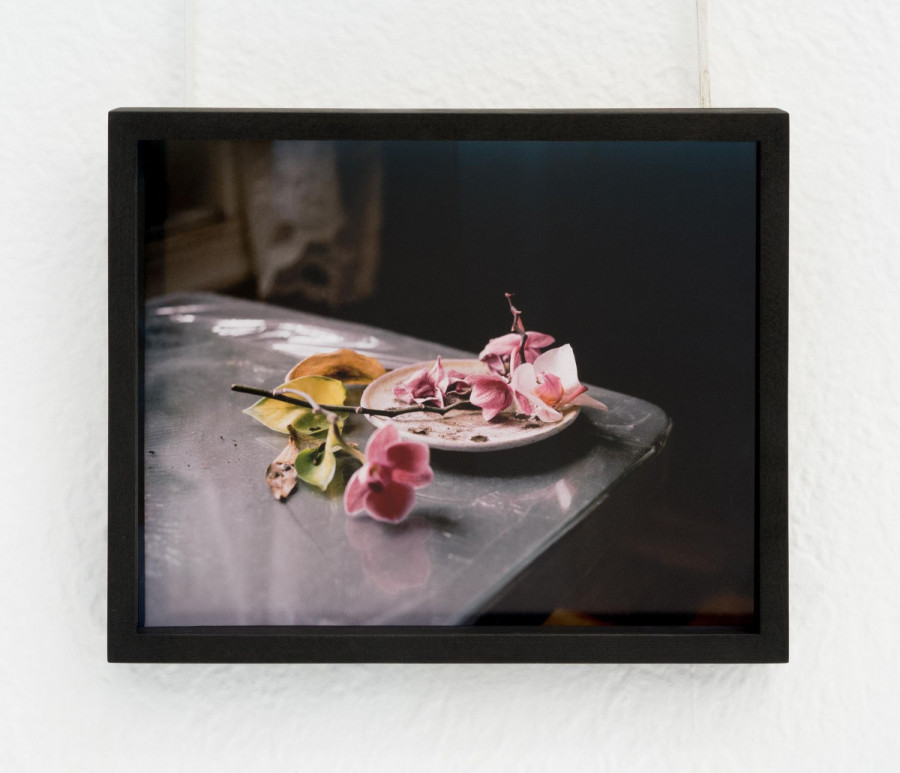
This article originally appeared in Volume 44, Issue 1, published September 5, 2023.

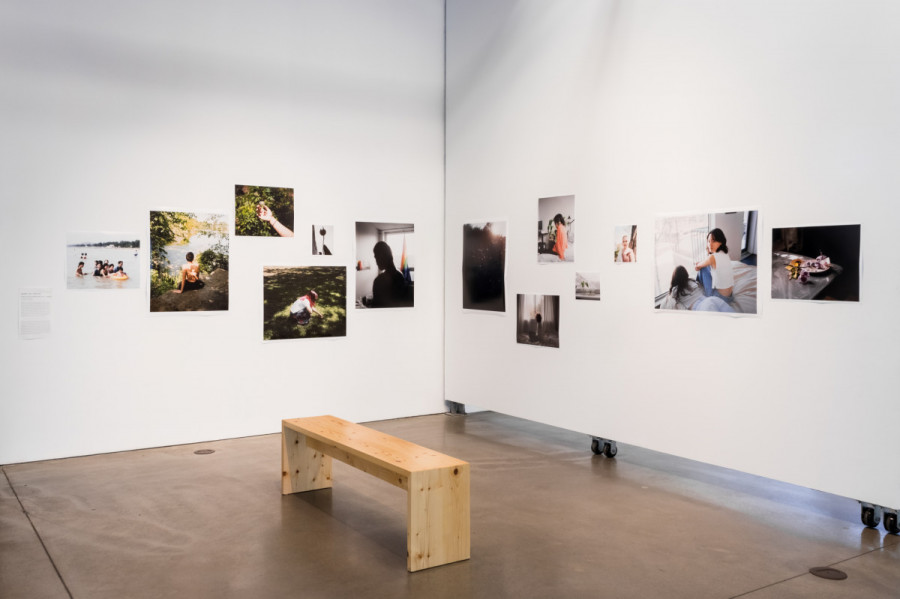
_600_832_s.png)

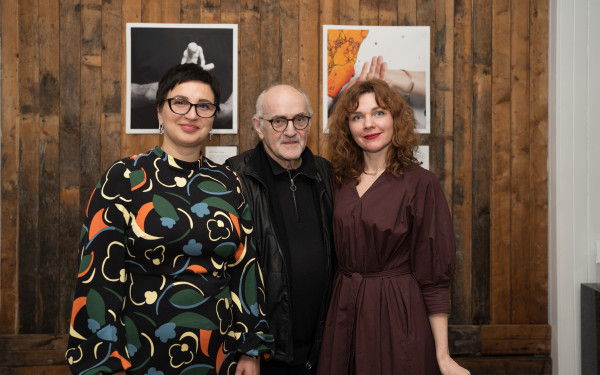
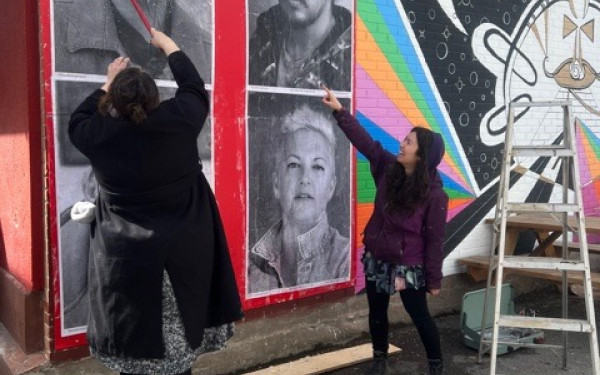
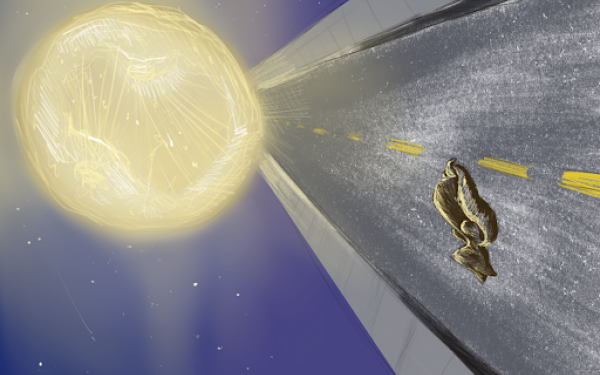
_600_375_s_c1.png)